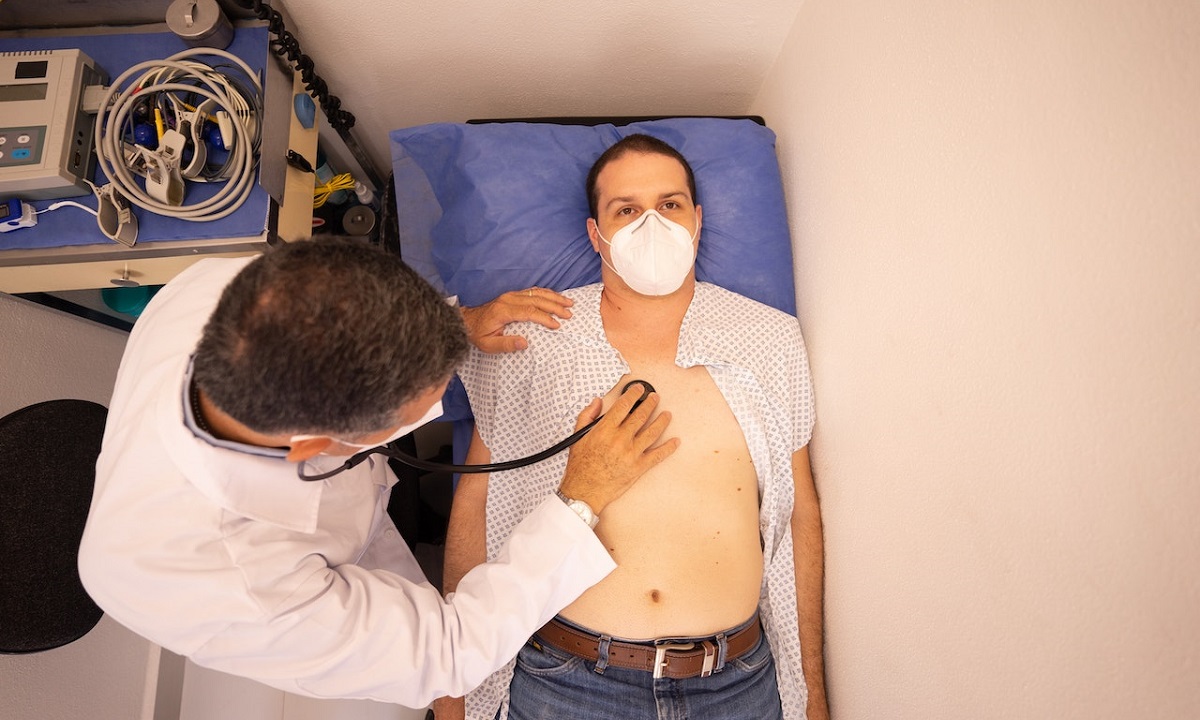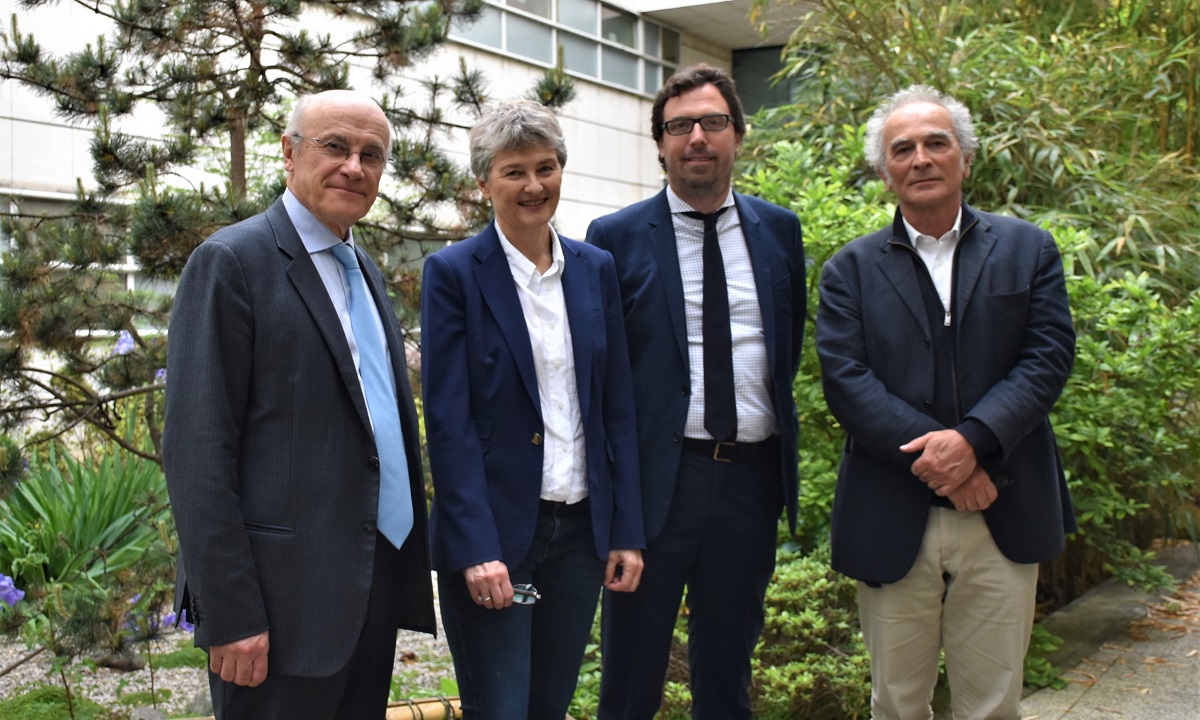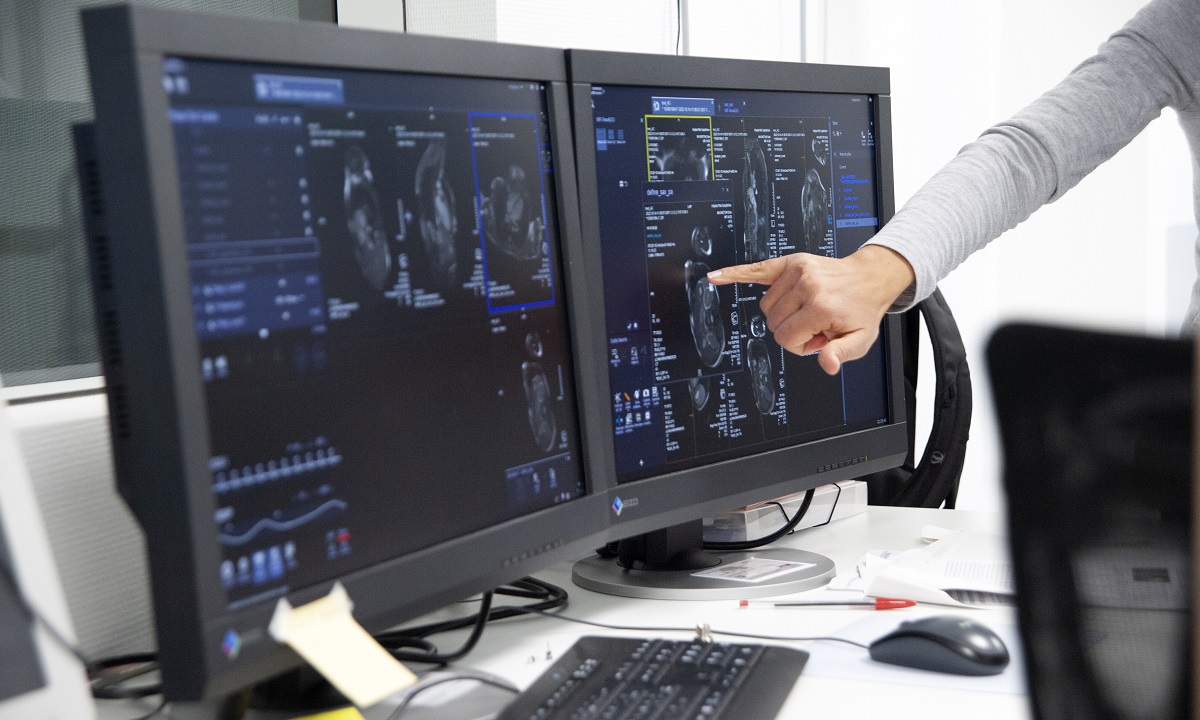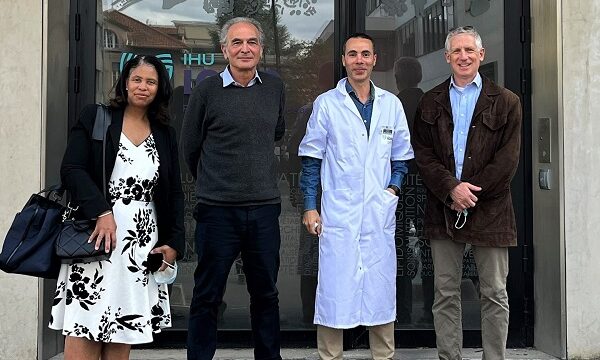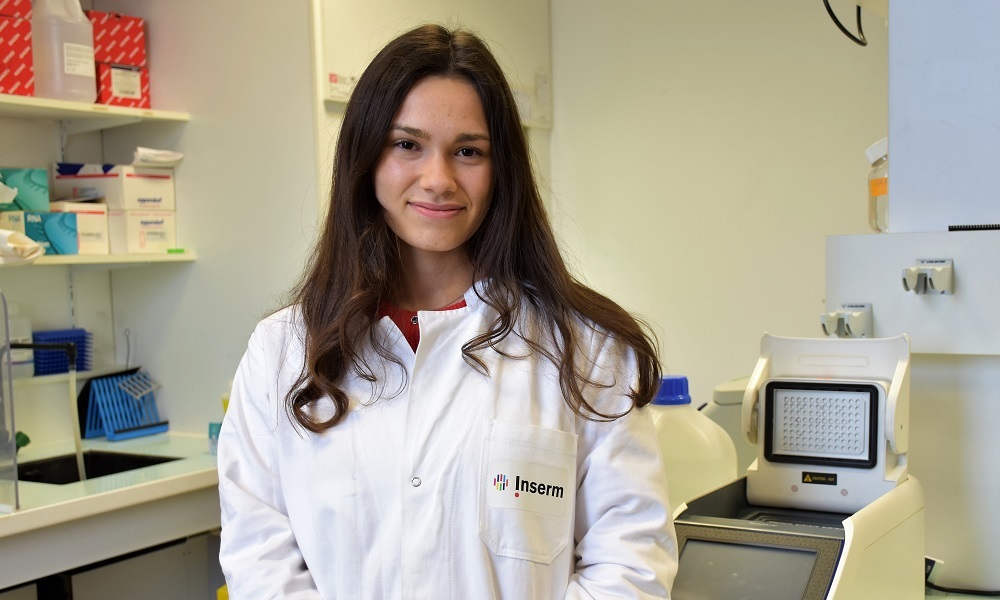Research
-
How to optimize decision making for defibrillator implantation in hypertrophic cardiomyopathy?
-
The SINBAD score, a useful tool for predicting major adverse foot events in diabetic patients?
-
The ICONIC project: creation of the 1st atlas of cardiac and hepatic imaging in the general population, including people under the age of 40
-
SEQUOIA-HCM: Launch of an international multicenter study to investigate a potential new therapy for hypertrophic cardiomyopathy
-
Epigenetics: induced pluripotent stem cells, a promising cellular model for studying parental imprinting diseases




